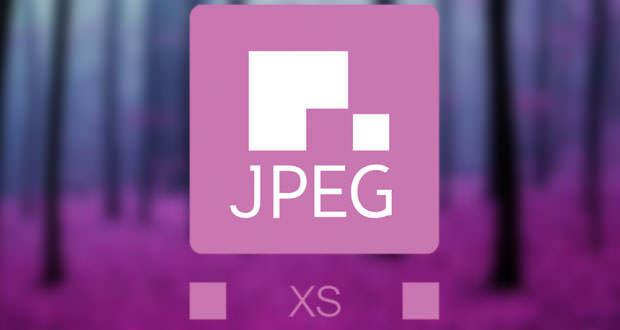There are obviously advantages and disadvantages with JPEG XS, a new high quality and low latency image compression format.
One of the main obstacles of virtual reality is motion sickness, known in English as motion sickness. This is the feeling of discomfort that some users experience with new technologies, due in most cases to the delay of the image on the display worn in relation to the real movement of the body and the head. Not only, the various hardware manufacturers try to solve the problem, but the Joint Photographic Experts Group has also fallen in the field.
Better known as JPEG, the group revealed a new image compression standard that could solve the problem and, at the same time, deliver a better compression algorithm for virtual reality content. In addition, the typical low latency of the new format could also help in other fields, such as the management of drones in FPV mode, and the analysis of the elements on the road within the autonomous driving systems of cars.
The format is called JPEG XS, and development work was directed by Touradj Ebrahimi, a teacher at the Federal Polytechnic School in Lausanne. JPEG XS is characterized by a compression process of low energy consumption images, thus processing higher-quality images in a shorter time and going to decrease latency even under the use of broadband wireless networks (such as imminent 5G).
Virtual reality and augmented reality are the main uses of the new technology, but a format with these features could also be useful in very different fields: we talked about autonomous driving and drones, but JPEG XS could also be used in video-editing professional or for the dissemination of images to and from space. Ebrahimi also noted that the image compression paradigm has changed in recent years.
” For the first time in the history of encoding images we are compressing less to achieve superior image quality, and we are making this process faster by consuming less energy, ” were his words. ” We want to be smarter in doing this kind of thing, the idea is to use fewer resources and use them more wisely. This is a real change of paradigm “. But there are obviously disadvantages in a system of this type.
If on the one hand, the compression is lower and the level of detail higher, on the other hand, the files will occupy more storage space. It is not a problem considering streaming via ultra-wide bandwidth networks, but this feature makes JPEG XS unsuitable for storing content within storage systems, unlike the JPEG format that has become almost synonymous with images on the web in recent years.
The format compresses the images and reduces the weight on the disk a lot, and was born 25 years ago with very different objectives, allowing the inclusion of a large number of images even within devices with limited storage space. Thanks to its characteristics it has also been widely used on the web and for sharing images. But the evolution of the current networks and that of the coming years will lead to new opportunities for exploration.
JPEG XS responds to modern needs, allowing the streaming of high-quality images, when there is no need to save files locally. It will not replace JPEG, of course, but will deliver an unattainable latency level for current solutions.

